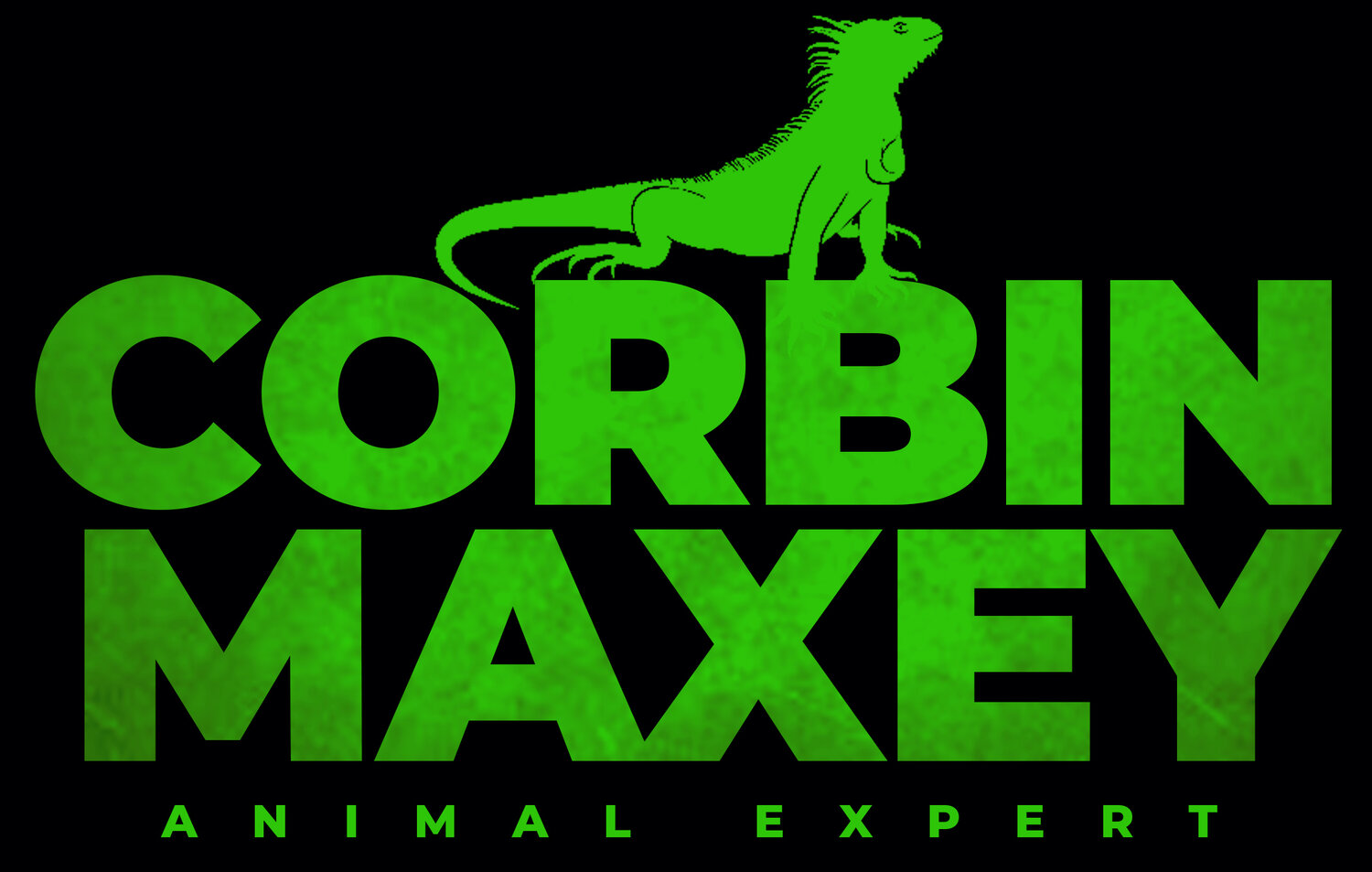 Whether it has fur, feathers, or scales it probably has been featured on “Creature Feature” – the weekly segment I film with Today’s Channel 6. In preparation for our one-year-anniversary I’ve decided to post some of my favorite moments while filming the series (Like this baby Sika Deer)!!!
Whether it has fur, feathers, or scales it probably has been featured on “Creature Feature” – the weekly segment I film with Today’s Channel 6. In preparation for our one-year-anniversary I’ve decided to post some of my favorite moments while filming the series (Like this baby Sika Deer)!!!
One of the cutest animals we’ve ever had in-studio! Elliot, a baby Sika deer was born in June at Babby Farms located in Sand Hollow, ID. To watch our segment click this link: http://www.kivitv.com/multimedia/videos/?bctid=1147420608001
Sometimes our adventures lead us out “in-the-field” where we no longer can depend on fancy studio lights or mics. These are some of my favorite segments because you never know what to expect when working with animals in THEIR environment! Pictured is Kyle filming “Zsa Zsa” the Zebra. To watch the footage click here: http://www.kivitv.com/multimedia/videos/?bctid=1092141902001
Bottle feeding baby camels: Could it get any better? We’ve featured camels before but these two proved to have quite the personalities. Watch as Natalee and I attempt to feed these hungry camels! http://www.kivitv.com/multimedia/videos/?bctid=1066805374001
Notice a difference between him and the babies we fed earlier? This camel has two humps while our babies had only one. This is how you tell the difference between the two different species of camels! Bactrian Camels have two humps while Dromedary Camels have one.
The anchors take turns filming the segments with me and it always happens that Kyle gets paired with the most aggressive & dangerous animals! Whether it’s rattlesnakes or one angry porcupine you can probably guess Kyle is in it!
Here we talking about one angry African Crested Porcupine….Let me just say that I’m so happy we didn’t take this bloke in-studio! Check it out: http://www.kivitv.com/multimedia/videos/?bctid=1082627904001
When you work with animals you never know what’s going to happen! Check out “Cody” the Coati jumping on Natalee’s head! http://www.kivitv.com/multimedia/videos/?bctid=1127060734001
One of my favorite memories this summer was attempting to walk the reindeer! Key word: ATEMPTING! The Cloverdale Cemetery is home to a small herd of these domesticated reindeer. Watch the walk here: http://www.facebook.com/#!/photo.php?v=2246996545281
A true highlight for me was having the rare opportunity to take cameras to Treasure Valley Raptor Rescue. Pictured is rescuer Cathie Havlina with a gorgeous Golden Eagle. Watch this magnificent animal here: http://www.kivitv.com/multimedia/videos/?bctid=1173961111001
Last but not least our segment talking about the amazing births of one of the world’s most endangered lizards: the Blue Iguana. Nine of these rare reptiles were born at the San Diego Zoo this year and Scooter and I had a lot to say about it! To hear our commentary click here: http://www.kivitv.com/multimedia/videos/?bctid=1187246395001 (Photo courtesy of San Diego Zoo)














































